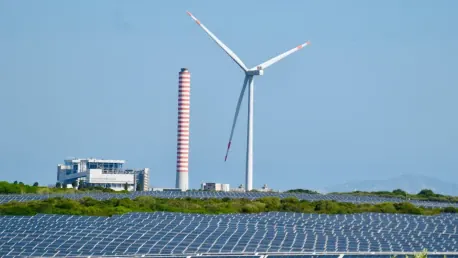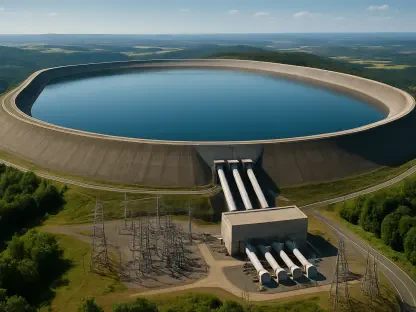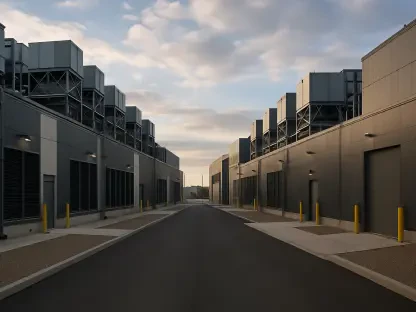The U.S. electricity generation landscape experienced a pivotal transformation in 2024 as wind and solar energy sources exceeded coal for the first time. This significant market shift marks a new chapter in sustainable energy production, driven by technological advancements, policy changes, and significant investments. This comprehensive analysis explores the trends and implications of this transition, shedding light on how it shapes the future of the American energy sector.
Historical Context and the Path to Change
To fully grasp the impact of 2024, it is essential to consider the historical trajectory of energy generation in the United States. Market dynamics began shifting in the early 2000s as economic, regulatory, and technological factors influenced the decline of coal. The emergence of hydraulic fracturing revolutionized natural gas production, which gradually eroded coal’s market share. Concurrently, growing environmental awareness spurred investments in renewable energy technologies. These pivotal elements collectively set the stage for the unprecedented developments of 2024.
Breakdown of Renewable Energy’s Rise
Solar Power’s Meteoric Growth
In 2024, solar power generation increased by an impressive 27%, contributing an additional 64 terawatt-hours (TWh) to the grid. Several factors fueled this surge, including technological advancements, cost reductions, and increased deployment of grid-connected battery storage. Leading the way, states like California exceeded 30% of their electricity from solar, establishing a benchmark and demonstrating the viability of large-scale solar adoption.
Wind Power’s Steady Gains and Emerging Challenges
While solar energy saw remarkable expansion, wind power also made significant contributions, with an additional 32 TWh generated in 2024. However, the growth rate of wind energy installations slowed to its lowest point in a decade, raising questions about future capacity expansion. Past policy support and investments facilitated these gains, yet upcoming challenges necessitate continued focus to maintain momentum and address bottlenecks in development.
Regional Disparities and Innovations in Storage
The proliferation of renewable energy has showcased significant regional variations. States like Texas made substantial progress, adding 7.4 gigawatts (GW) of new solar capacity and 3.9 GW of battery storage. Conversely, over half of the states still generate less than 5% of their electricity from solar. This disparity highlights the need for strategic investments and technological advancements in energy storage, which play a pivotal role in managing renewable energy’s intermittent nature and ensuring grid reliability.
Emerging Trends and Forecast
Looking forward, several trends and predictions indicate a continued shift toward renewable energy. Advancements in solar and battery technologies will likely expedite renewable adoption further. Policy frameworks that streamline regulations and incentivize clean energy are essential to sustain this growth. The modernization of the electricity grid, improved permitting processes, and strategic investments in renewable infrastructure are critical focus areas to promote the expansion of clean energy capacity.
Strategic Insights and Recommendations
Key insights from 2024 emphasize the importance of investments in renewable technologies and grid infrastructure for businesses and energy professionals. Policymakers should prioritize easing regulatory frameworks and incentivizing renewable development to maintain momentum. Consumers can play a role by embracing solar solutions and supporting green energy programs. These strategies will collectively enhance energy security, sustainability, and the resilience of the electricity grid.
Long-Term Implications of Renewable Energy Growth
The surpassing of coal by wind and solar energy in 2024 marks a pivotal moment in U.S. energy history. This shift underscores the ongoing transition toward cleaner and more sustainable energy sources. With continued focus on renewable energy, both climate change mitigation and reductions in carbon emissions can be achieved while meeting growing electricity demands. The journey toward a greener energy future is well underway, with concerted efforts leading to sustained momentum.









